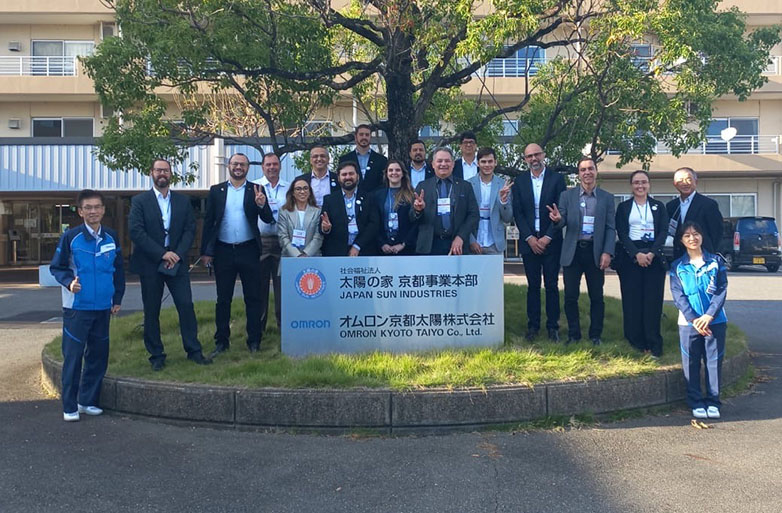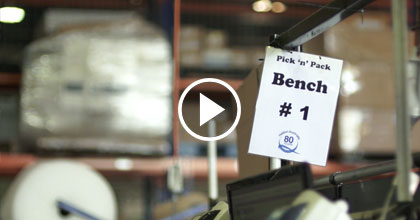
TXM Consulting Operations Manager, Luciano Peloche, has recently been researching the science of workforce engagement. It was about what motivates and drives people in the work place. “People are generally driven by two elements, the extrinsic rewards such as getting paid for the work, and intrinsic which is about getting no reward for the work you do, because you really like doing it”, states Luciano.
Generally, there is a consensus that many people recognise that work gives people meaning, and a sense of purpose.
“I found these concepts to be present in the Japanese companies that I visited last year. They seemed united and engaged in their work, with a strong development and improvement focus in the workforce”, says Luciano. Luciano visited 11 Japanese companies as part of a Lean study tour.
“Each company that I visited in Japan, would begin with the company leadership stating the purpose of the company. This usually had a social element attached to it, rather than being just about profits for shareholders. This social and caring approach was evident throughout the whole factory environment. There were banners, visual tools, spoken communication and the whole environment felt connected and engaged to its purpose”, says Luciano.
The Meaningful Approach to Workforce Engagement
One factory in Kyoto, employed about 60-70% of people with disabilities. The set-up there, had ramps everywhere, as well as clear visual communication for people, with visual impairment. This meant that they were better equipped to navigate and work throughout the factory. In this way, the factory’s environment was built to reinforce their values and higher purpose. As a result of this focus, the team of disabled people typically produce more than twice the productivity of their “able bodied competitor”.
At a recycling company visited, Luciano witnessed more environmentally friendly initiatives such as reducing water, and the use of solar energy. This practical approach to using recycled elements reinforced to its employees the nature of its recycling business which then translated into triggering the right behaviours in employees. “This is part of the Japanese meaningful approach, which incorporates these intrinsic qualities for everyone’s benefit. This then, creates a whole system of purpose and motivation that creates powerful engagement”, says Luciano.
This approach is not just evident in Japan, Luciano has seen this meaningfulness approach in one Australian company, in Victoria during a site visit. Luciano saw the meaningfulness in this factory. Here the CEO, met up with the visiting group and clearly communicated the purpose of the company. The stated purpose is seen throughout the business from its communication signs, interaction and the behaviours of the employees in the company. We can learn from this meaningfulness approach, reflects Luciano.
“When we are going into a workplace, we often improve efficiencies by creating improvements and changing how people work. Some people are threatened by change but we can alleviate this threat, by changing our communication, and aligning the change that we are proposing to the purpose of the business and understanding what really motivates people to go to work in the first place”, says Luciano.





